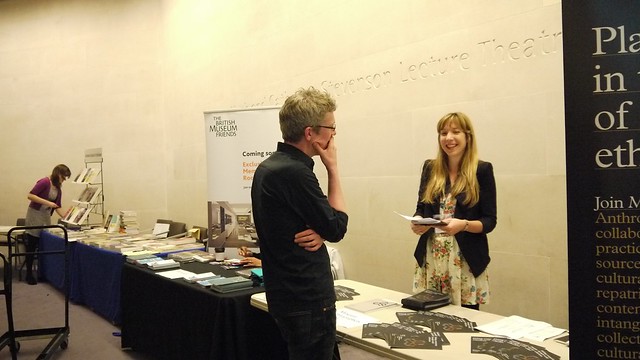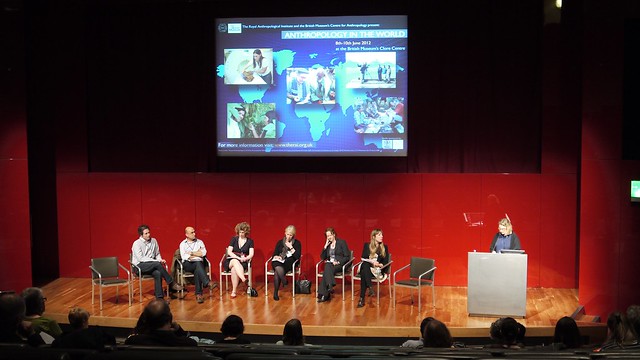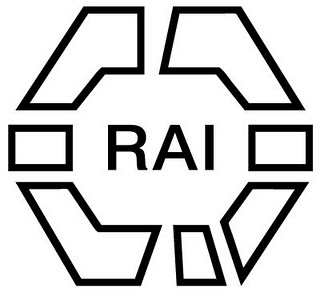Lampeter Campus
Deadline: 9 July 2012
As part of the University’s investment into the Humanities and in
response to growing demand for Anthropology and Heritage related
studies, at both UG and PG level, the University wishes to appoint a
fulltime permanent Social/ Cultural Anthropologist with a particular
interest in Heritage or Heritage representations. The post holder will
join a thriving and dynamic School of Archaeology, History and
Anthropology, with a strong tradition in both research, teaching and
project work.
For more information, see: http://www.trinitysaintdavid.ac.uk/en/humanresources/employmentopportunities/












